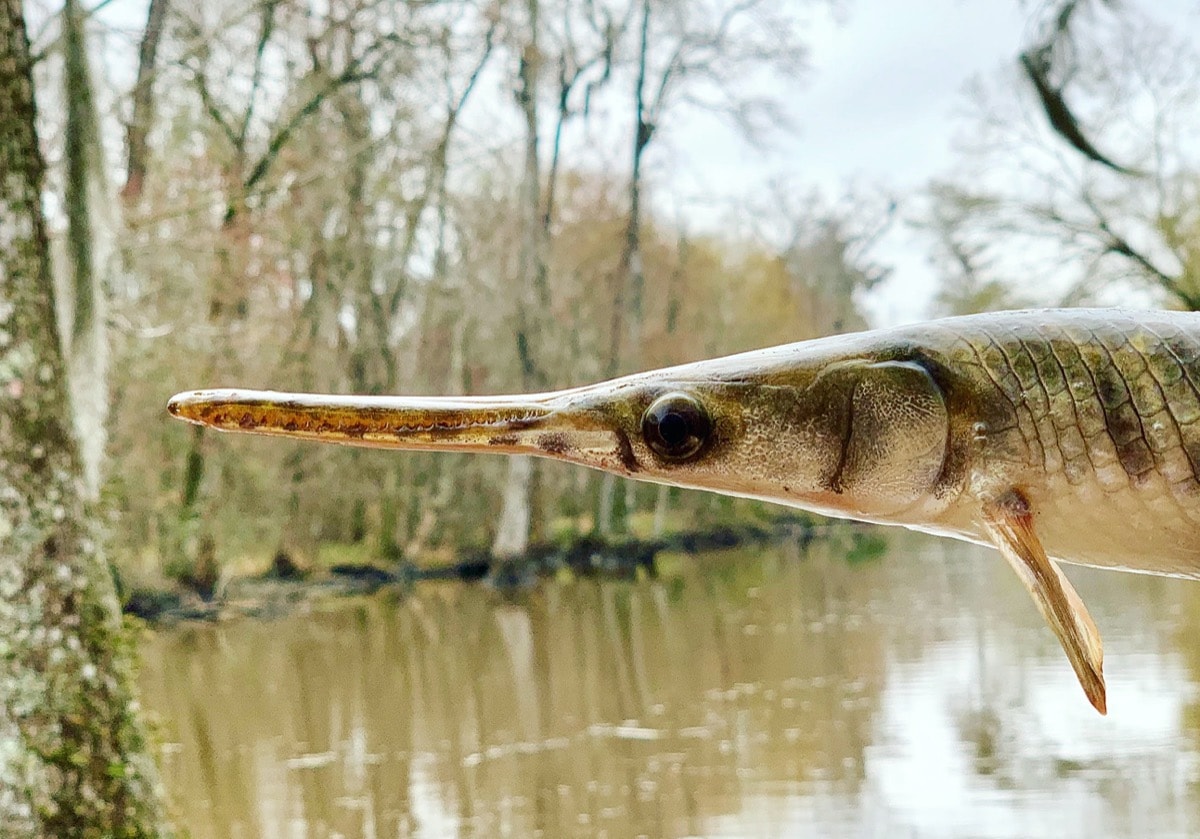
 This is a part of our winter Book Club conversation about Dan Egan’s book ‘The Death and Life of the Great Lakes.’ Want to participate? Sign up for our newsletter or record a voice message on the Science Friday VoxPop app.
This is a part of our winter Book Club conversation about Dan Egan’s book ‘The Death and Life of the Great Lakes.’ Want to participate? Sign up for our newsletter or record a voice message on the Science Friday VoxPop app.
The fish populations of the Great Lakes have changed dramatically in the years since invasive species first arrived. Bloodsucking sea lampreys have decimated native lake trout, and tiny alewives have feasted on the eggs and young of trout and other native species. But there’s good news too, as researchers roll out solutions to help manage invasive fish populations and maintain the diversity of species.
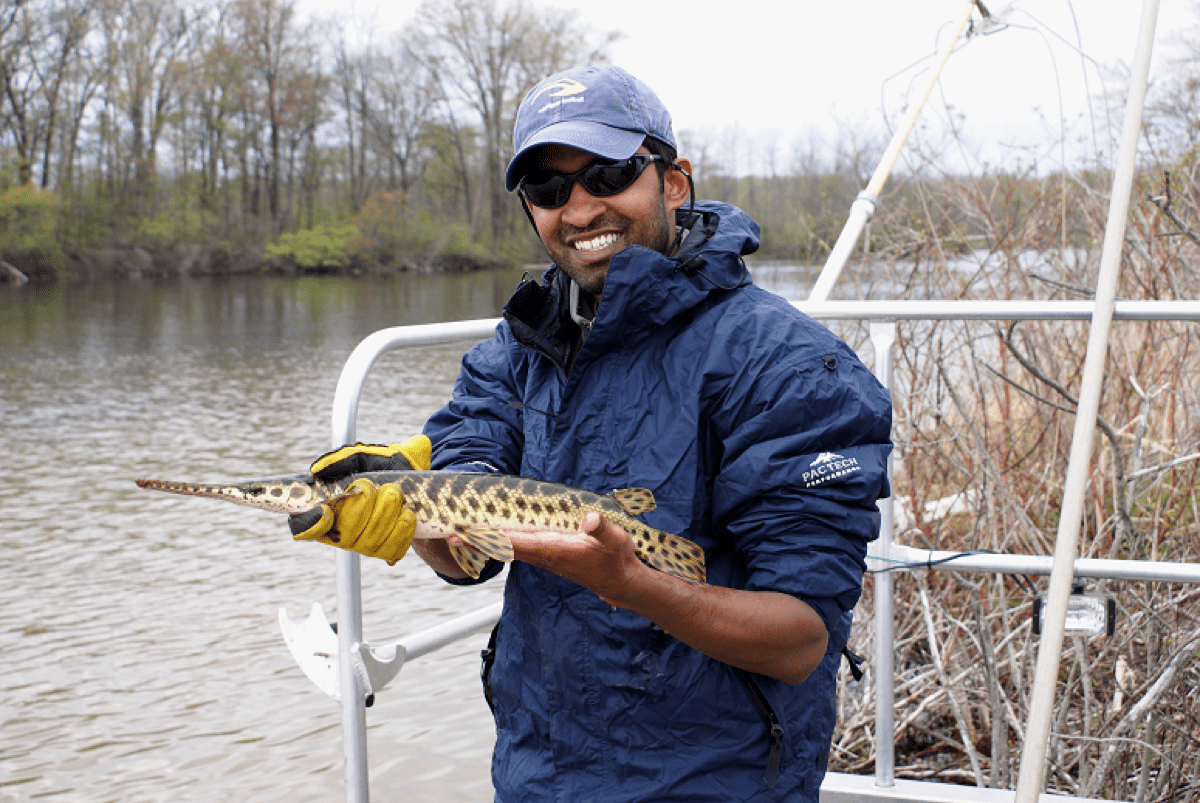
To keep recreational anglers happy and manage the alewives, the lakes are now stocked with rainbow trout and salmon from the Pacific ocean. Meanwhile, populations of native whitefish, perch, trout, pike and others are doing their best to adapt by eating invasive gobies and hard-to-digest quagga mussels. In Illinois, the effort to restore enormous alligator gar to river systems may help buffer the lakes against the threat of invading Asian carp.
Fish ecologist Solomon David explains why the biodiversity of the Great Lakes matters more than ever, and how to appreciate these hard-to-see freshwater fish.
And we’ve been collecting your favorite memories of the Great Lakes as part of our book club! Listen and see highlights from the SciFri VoxPop app and Instagram below:
Donna Kashian, SciFri Book Club reader and biology professor at Wayne State University in Detroit, Michigan.
I have so many wonderful memories of the Great Lakes, both as a child whose parents had a cabin near Lake Michigan and as an adult doing research on the lakes. But one in particular stands out. I was doing research on Lake Huron, I don’t even remember what we were looking at on that particular day. It was late in the season, maybe August. We were in the middle of the lake—flat water, clear blue skies—and monarch butterflies were just flying everywhere. We’re in the middle of their migration south. It was so surreal and beautiful. I knew birds use the lake as a flyway in their migration, but I never knew monarchs did.
Peter Annin, SciFri Book Club reader and director of the Mary Griggs Burke Center for Freshwater Innovation at Northland College in Ashland, Wisconsin
My wife and I are fortunate to live on a remote section of Lake Superior’s shoreline. And one summer night a few years ago, we paddled to dinner at friend’s house about a mile away. Summer days are long on Superior, but eventually the sun set and darkness moved in as we all gathered to quietly share stories by a sandy beach fire. It was a calm, cloudless, moonless night and the Milky Way splashed brilliantly across the sky above our heads. As we paddled home late that evening along the dark uninhabited shoreline, it was as if we were traveling through a snow globe of stars reflecting off the water and sky all around us. Enthralled, no one spoke. We just silently slipped through the water, with no lights or sound other than the gentle dips of our paddles in Superior’s deep mysterious water.
Carol from Indianapolis, Indiana
My most vivid childhood memory of Lake Superior was a visit we made in late May, and there were huge chunks of ice floating in the lake. In May! But that was more than 50 years ago.
Robin from Baltimore, Maryland
I grew up near Lake Michigan and spent a lot of time at the beaches during the summertime growing up. But my absolutely favorite memory is taking the car ferry from Ludington to Manitowoc across the lake. It was the most incredible experience being out. It felt like you were in the middle of the ocean. It made you realize just how big Lake Michigan really was.
Share your memories and explore more stories on SciFri’s Instagram!
Ready To Take The Plunge? Here’s How!
- Grab a copy of the book and start reading! Powell’s Books is offering discounted copies until we wrap up on Friday, February 14. You can also read an excerpt of the book.
- Jump into the discussion in the Science Friday Book Club group on Facebook. We’ll be chatting about the The Death and Life of the Great Lakes every week with discussion questions and additional reading recs.
- Not on Facebook? Not a problem. Sign up for our SciFri Book Club newsletter to get your regular dose of Great Lakes stories and book nerdery.
- Tell us your stories using the SciFri VoxPop app. We want to know: How have you seen the Great Lakes changing over time? Or, is there another river or lake near you that has a similar story? Download the app on iPhone and Android. We may play your answer on the show!
- Geek out with us in person! Join us and author Dan Egan in NYC on February 20 for There’s Something In The Water, a SciFri Book Club live event! See more details about guests and activities.
- Are you itching for more literary tales? Science Diction is a forthcoming podcast from Science Friday that digs into the scientific origin stories behind our words and language. Sign up for the Science Diction newsletter for updates.
Further Reading
Donate To Science Friday
Invest in quality science journalism by making a donation to Science Friday.
Segment Guests
Solomon David is an assistant professor of Biology at Nicholls State University in Thibodaux, Louisiana.
Meet the Producers and Host
About Christie Taylor
@ctaylsaurusChristie Taylor is a producer for Science Friday. Her day involves diligent research, too many phone calls for an introvert, and asking scientists if they have any audio of that narwhal heartbeat.
About Lauren J. Young
@laurenjyoung617Lauren J. Young is Science Friday’s digital producer. When she’s not shelving books as a library assistant, she’s adding to her impressive Pez dispenser collection.
About Ira Flatow
@iraflatowIra Flatow is the host and executive producer of Science Friday. His green thumb has revived many an office plant at death’s door.
"fish" - Google News
January 17, 2020 at 12:15PM
https://ift.tt/2TxJeLX
Why Native Fish Matter - Science Friday
"fish" - Google News
https://ift.tt/35JkYuc
Shoes Man Tutorial
Pos News Update
Meme Update
Korean Entertainment News
Japan News Update
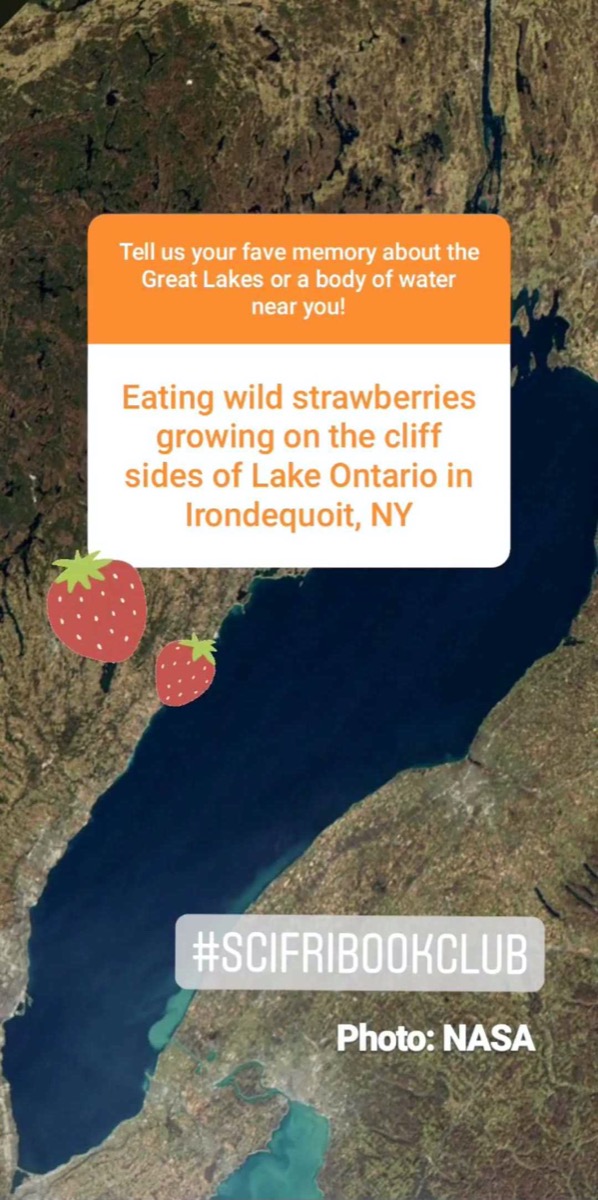
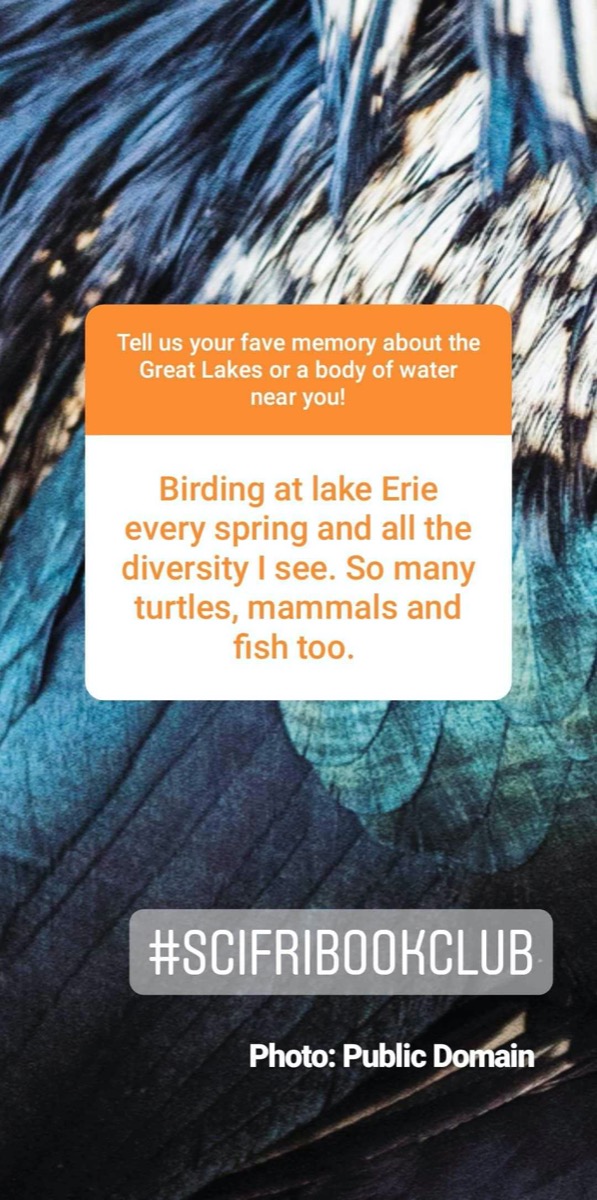
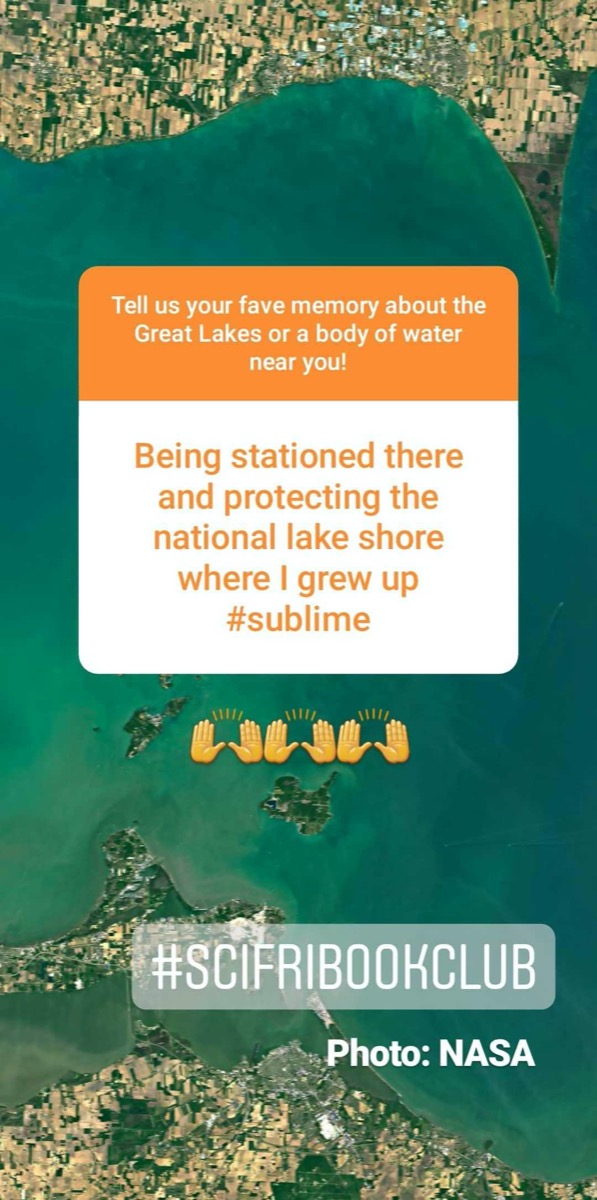
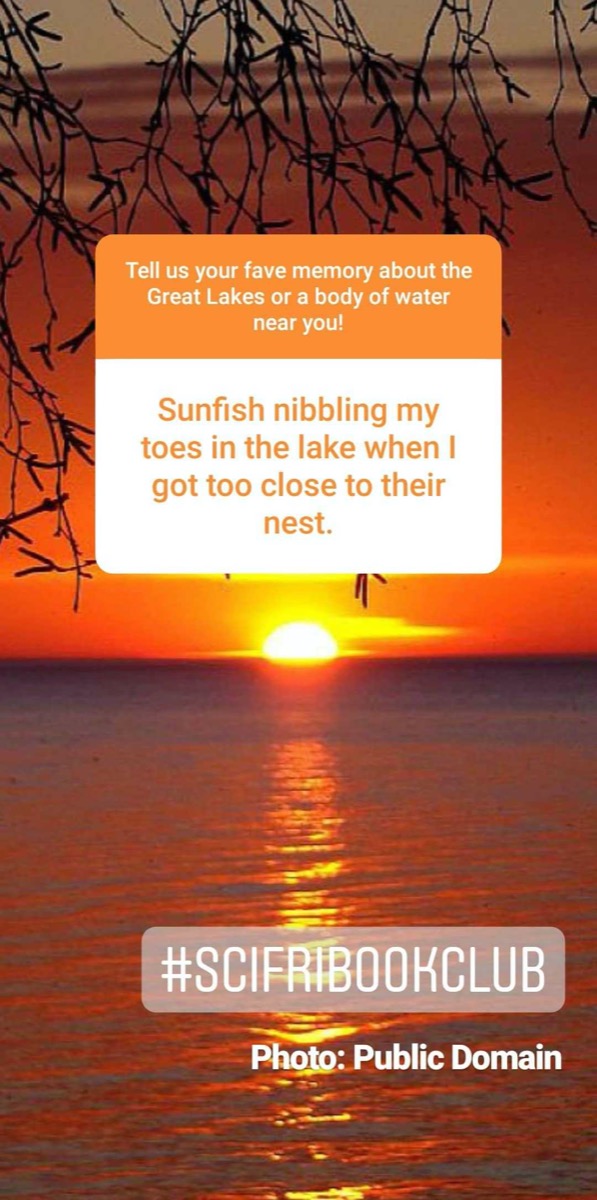
No comments:
Post a Comment